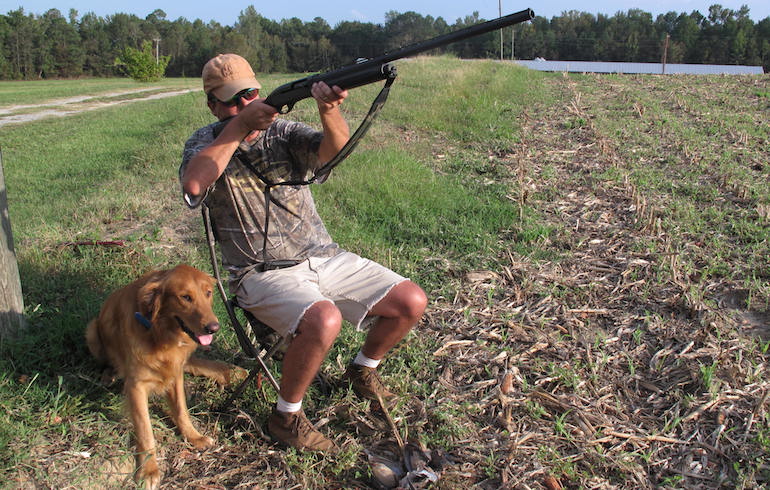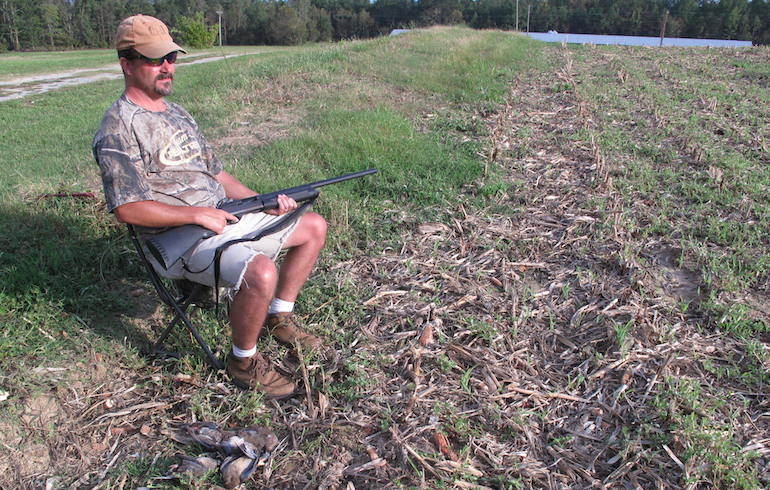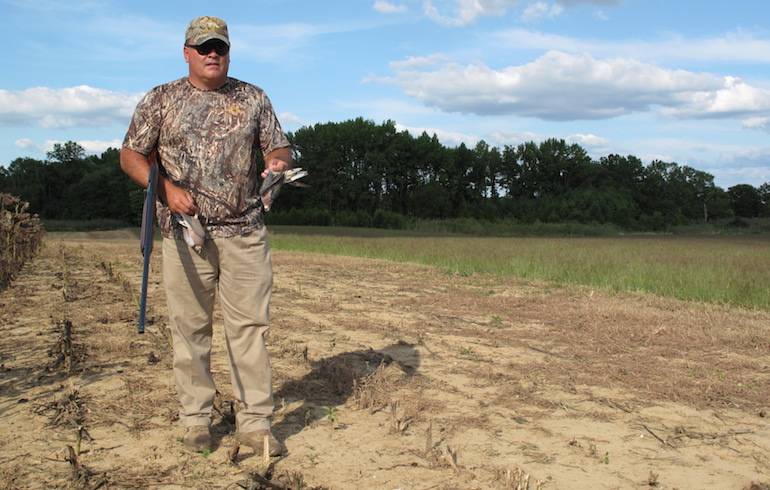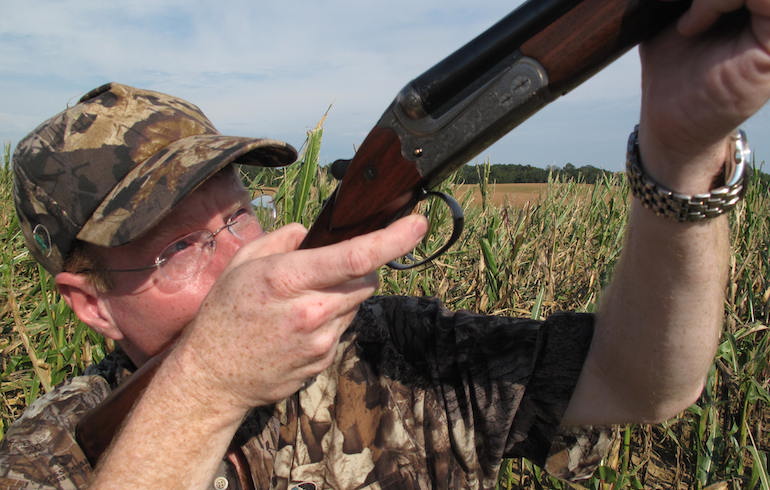Tips for Clean Shots on Dove
Dove hunting across the South and many other areas where it is practiced is a huge social affair that not only provides an excuse for sportsmen to gather before or after the hunt for a big meal, cold drinks and a lot of storytelling, but also serves as the unofficial kick-off for the fall hunting season for many hunters.
However, beyond the opening day hubbub or the groups of hunters gathering on those first few warm (often still downright hot) Saturdays, some hunters like to sneak out after work or even before, once the season permits, and oftentimes, they find themselves without the benefit of the other hunters to keep birds moving around.

So what’s a hunter to do? Whether hunting on your own or with a group of hunters, the features of a dove field that affect flight patterns and landing preferences of doves will almost always be the same. Learn to identify these spots and be sure you are set up where more shots are likely. Here are a few to keep in mind:

Lone Trees—A single tree in the middle of a field or along an open ditch or hedgerow is the perfect perch doves will navigate toward from the surrounding tree line in order to take a look at the surrounding area before descending into a field to feed. Set up beneath the tree to take doves as they approach or depart. A dead tree is even better, offering better sight lines for the doves and the hunter.

Power Poles—Like the limbs of a tree, powerlines also provide a mid-field perch with excellent sight lines for doves to survey for danger before soaring down to the ground. A pole—often surrounded by brush and vines—provides a backrest for a hunter and helps break up his outline. Numerous poles running through a field can provide hunters with a way to determine where most of the birds are flying and provide a setup along the most common field flyways.
Tree Line Gaps—As doves rocket from the cover of trees to fields to feed or hop field to field flying low over the dividing tree lines, they will cling to gaps in the tree lines that provide a covered fly by and allow them to stay low and in cover as long as possible. Setting up on a field edge along one of these gaps can keep a shooter busy.
Small Hills—As doves fly low along a field, a slight rise or hump in the field provide both a terrain feature doves can use to navigate, as well as putting the hunter a little higher, reducing the gap between bird and shooter the shot needs to travel.

Waterholes—Doves will come to water, particularly in the evening, and will eat the grit along a sandy edge along the small pond or hole, making these spots no brainers when the hunting is otherwise slow or there aren’t other hunters around to keep birds on the move.




